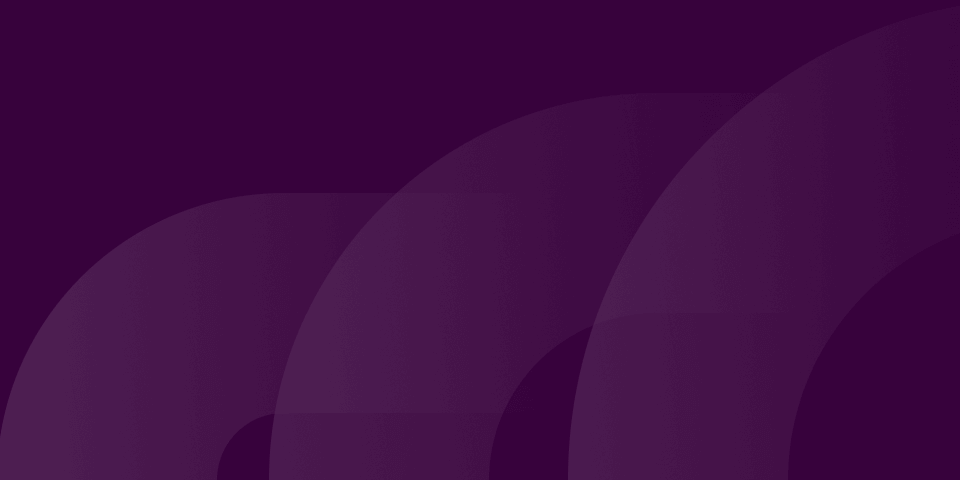Written by Kelby Zenor, Faria Education Group
Curriculum Goal Setting - it's that conversation that makes you SLANT (Sit Up, Lean Forward, Ask Questions, Nod, Talk) to attention because you know it's important that your team creates useful curriculum goals – but you have no idea where to start.
Sometimes setting goals seems so big and ominous a task that your mind starts to wander and you find yourself thinking about what you need to buy at the grocery store on the way home. I invite you to pause, jot down that shopping list and put it aside because in the next ten minutes I want to give you some practical steps to writing your curriculum goals (and this comes from some trial, error and celebration)!
Identify Why
Let's start with a philosophical question: At your school or district, what do you believe are the key elements of outstanding curriculum?
Big question, right? I am not asking you to repeat back to me all the educational jargon we hear, read and discuss – let’s get at the heart of why you are doing what you do in education. (Need some inspiration, check out Promote Equitable Access To Learning With Aligned Curriculum)
Reflecting on Current Curriculum Work
Take a moment to reflect on your current practices, don't move into what we should do but stay with what you are doing.
- As a district, how do you develop curriculum fidelity?
- As a school, how do you ensure curriculum articulation across all grades and subjects?
- How do departments build cohesion of the curriculum; how do they reflect on best practices and collaboration?
- How do teachers currently communicate with one another, develop curriculum, use curriculum, and engage students in learning?
Setting Curriculum Goals
By now, you should have reflected on where you are. Let's focus next on where you are headed. Let's start by looking at what you want to happen as a result of any curriculum goals you may plan.
In 1-2 years from now what is your greatest hope for your curriculum work?
Check out some examples from our Leadership Institute. This padlet wall is not only inspiration, it is a work in-progress! Please feel free to add to the wall with your curricular destination by double clicking and typing!
Creating Action Steps
Keeping in mind your beliefs and aspirations for curriculum, as well as where you want to be – watch how you can take those hopes and turn them into a goal with concrete action steps:
[embed]https://www.youtube.com/watch?v=AzUqSNgw8EM[/embed]
As you develop your goals, I invite you to reference the goals discussed in the video above by visiting our Atlas Public Site – these are for you to use and adapt, as we know it is sometimes easier to get started with a little direction.
Notice we kept our goal template simple - we captured the Goal(s), Action Steps, Evidence and Resources. It is important that you use clear and concise language for your readers. Being succinct allows others to immediately understand the key elements of your goal... which is half of the obstacle.
Think about this goal setting template as being a vehicle for transparency in the "why" and "where" we are going. Imagine if you were a new teacher, administrator, or someone who missed the roll out. In order to reach everybody, make it a point to set your goals in an easily accessible place (we created these goals in our Atlas Curriculum Management System) where your team can get an overview of the goal and review the steps that are being taken to achieve it. Talk about giving purpose to a process!
Soliciting Feedback
Congratulations, the hard work has been done! Now it is time to reflect, refine, and share. Take a look at the protocol (below) for some questions to ask yourself about your goal. Share your goal with your colleagues. Ask both them and yourself what makes sense and what needs further clarification. I like to give others the opportunity to give frank feedback without interjecting. Sometimes, we try to explain or interject instead of letting others just express. I might suggest trying a feedback protocol like this one. Protocols can allow teams to give structured feedback in a safe way.
Are We There Yet?
As time progresses and goals become the loom on which the fabric of curriculum is woven, don't forget to celebrate! Celebrate the milestones along the way while keeping your eyes on the horizon. Don't forget to add new goals or expand previously created ones. As you adjust your curriculum to your new curriculum goals, you will find that your goals will need tweaking too! This is often based on feedback from how students react to curriculum and what they need as learners. This feedback will come through the classroom teachers and their practices, which can be easily tracked in discussions and notes on units in Atlas.
The key is to harness our collective knowledge as educators, and use that to build a truly excellent learning environment for our community. The feedback you receive from teachers and students will ultimately help you celebrate, refine, and achieve your goals! With that in mind, go forth! Create goals! Refine goals.... and celebrate your success.
We want to support your school's curriculum work! Join us at an upcoming event.

